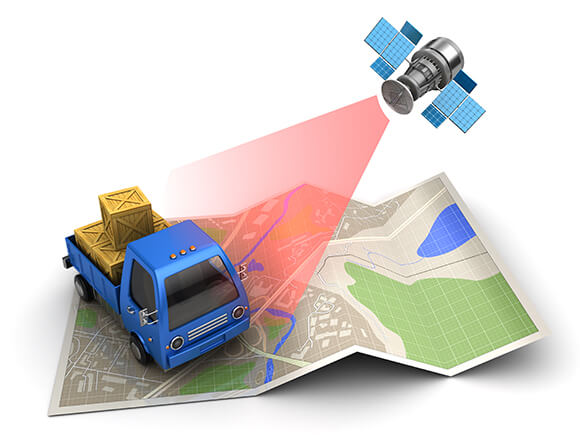Using asset utilisation to grow your fleet without the expense
18/01/2018 00:00:00by Mark McKenna18/01/2018 00:00:00Using asset utilisation to grow your fleet without the expenseBluedrop Services


Growing your fleet and business by adding more drivers and more vehicles to the equation can be an expensive process.
Plus, in times of uncertainty and fluctuating demand you don’t want to be putting all your eggs in one basket and committing to the cost of additional assets when the work may not always be guaranteed.
In this article, we explain how the utilisation of technology can help you work smarter with the assets you already have, allowing you to take on more work minus the financial risk.
What is asset utilisation and how it is measured?
Productivity is driven by information. Asset utilisation technology, such as GPS and telematics devices, provide reports on different productivity metrics which can help you to make the best use of your assets and maximise your capacity.
By implementing such technology, you can monitor which of your vehicles are being used and when. When they leave or arrive on-site, when the vehicles are being driven, which assets are sitting idle, travel time between jobs, and delays due to traffic, etc.
Asset utilisation refers to the percentage of vehicles and/or equipment that are in use during a 24-hr period. Whilst the industry average of an asset utilisation rate traditionally falls low at 50 percent, you should aim for a 90 percent utilisation rate or even 95 percent if you are growing your business. If you are not close to this benchmark, then you have capacity for growth or should consider selling some of these assets.
Paying closer attention to when vehicles are being utilised will also help you monitor your overall costs, making you aware of vehicles that are unknowingly being utilised out of hours perhaps. Bearing in mind that equipment and vehicles that are used after hours will affect your fuel, maintenance and insurance costs.
Ensuring your assets are being utilised effectively
Not only can you track where your vehicles are and when they are being used by use of technology, but you can also find out if they are being used effectively. Which is where improving your asset utilisation comes in.
You can highlight when vehicles are being driven unnecessary miles, if they are being used for unauthorised side jobs, if they are travelling with wasteful empty loads (without overloading), or an unsuitable vehicle was used for the job. You can even look at how the vehicle is driven and implement ways to reduce wear and tear and maintenance costs.
By reviewing your vehicle usage, you can determine better, more efficient routing, traffic avoidance, getting the closest vehicle to the next job, utilising additional load space, or even be able to better consider selling or repurposing under-utilised vehicles.
By having this information in real-time you can make decisions quickly that can ensure the efficient running of your fleet which can allow for busier periods and expanding your capacity without your expense.
Real-time routing systems are essential to asset utilisation as last-minute changes and effective re-routing without them can be demanding. You need to be looking at the full day ahead to plan effectively and make best use of your assets. Advanced telematics, navigation and routing solutions will all help towards providing more available resources to take on more work and help your fleet to grow.
Dynamic routing considers all the vehicles stops that will be made in one day and sequences them in a way to optimise utilisation of the assets and the drivers. As opposed to static route plans, dynamic planning can alter the route up until the time the truck is loaded or even whilst on route to accommodate last-minute changes. The route planning system will evaluate the more effective way to deliver the orders and re-sequence the stops accordingly. This technique can often increase asset utilisation by up to 10-15 percent.
It’s also about ensuring the assets are fit for purpose
Finally, it is also important to recognise that to achieve maximum asset utilisation you will need to have a successful preventative maintenance program in place that is adhered to.
Using asset utilisation to grow your fleet without the expenseWell maintained vehicles are less likely to breakdown and be taken out of services, as well as performing better in the field. It is also best practice to try and bundle planned service events together rather than brining in assets on multiple occasions where you can.
Return to blog menuWant to find out more about Bluedrop's Motor Fleet Insurance?
Call our friendly team now for the right insurance cover - at the best price
+441489780491
Calls recorded for training and quality.



 Privacy and Cookie Policy
Privacy and Cookie Policy